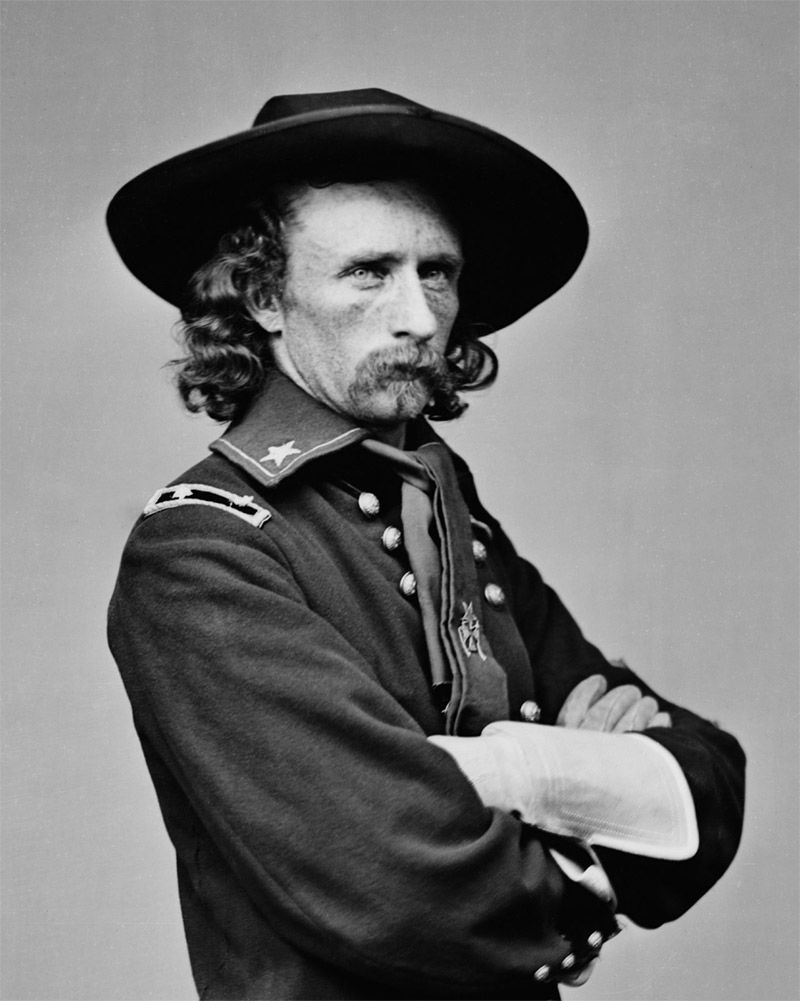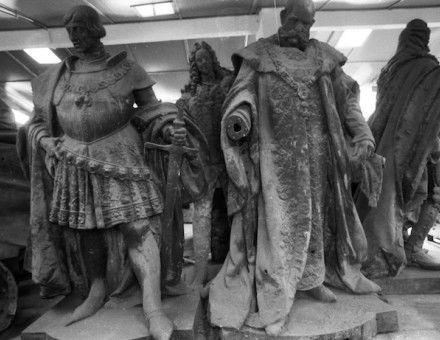Custer's Last Stand
Like other Indian nations before them, the Sioux in 1876 took up arms to defend their traditional way of life and “sold their land dearly.” During this hopeless conflict, a gallant but showy American cavalry officer fought his last battle.

On June 25th, 1876, Lieut. Col. (Brevet Major-General) George Armstrong Custer and the United States Seventh Cavalry attacked a large concentration of hostile Sioux and Cheyenne Indians in the valley of the Little Big Horn River in southern Montana.
The regiment suffered a crushing defeat: Custer and his immediate command of five cavalry troops were killed to a man and the rest of the outfit, after being severely mauled by the enemy, took up a poor defensive position where they, too, would have been annihilated but for the timely arrival of General Gibbon’s relief column. In this fashion, Custer, a man who never shunned the limelight, ensured for himself publicity of a more lasting kind than even he can ever have imagined.





